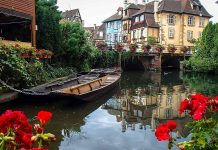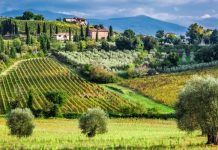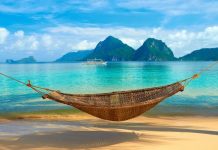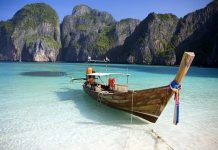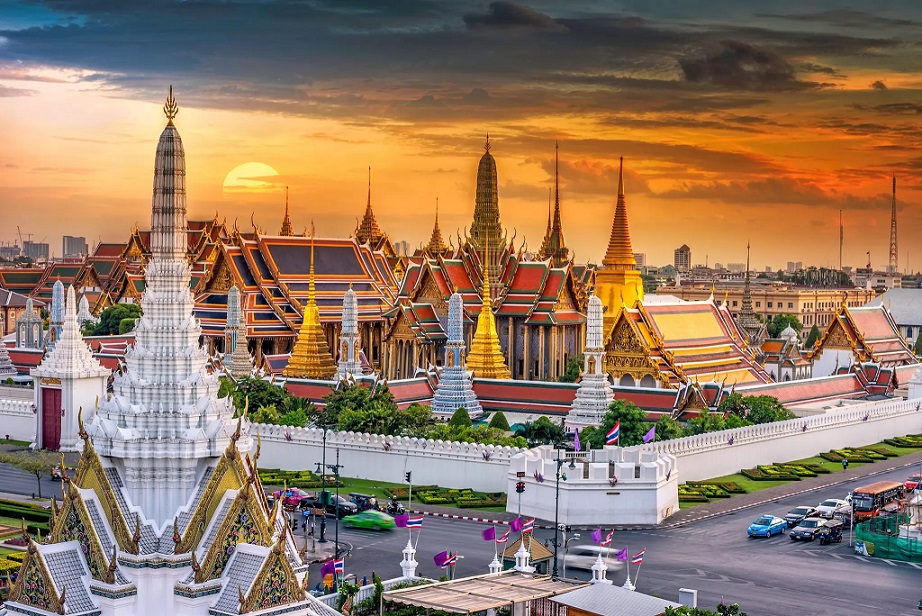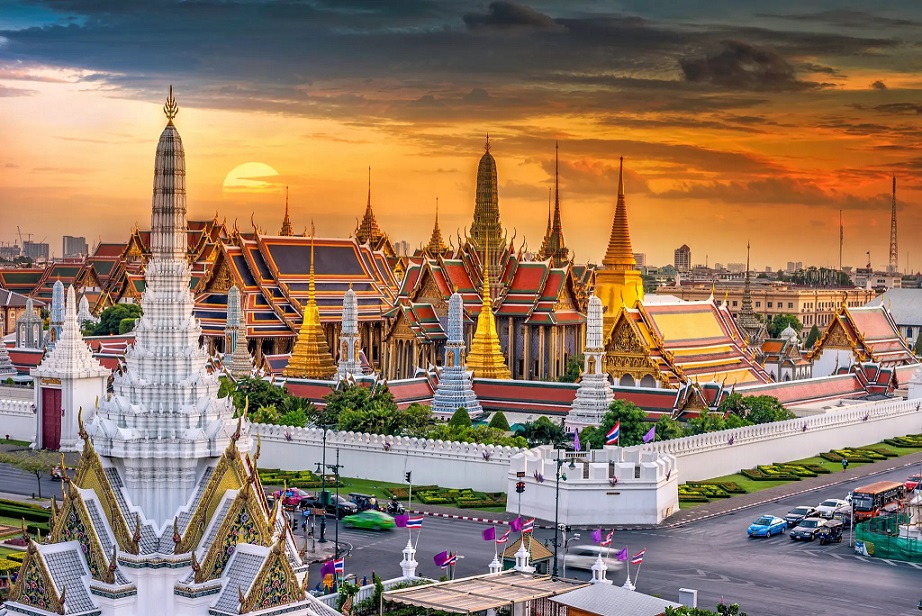
Halong Bay: A Karst Odyssey in Vietnam’s “Guilin on Sea”
Nestled in the Gulf of Tonkin in northeastern Vietnam, Halong Bay is a mesmerizing seascape of towering limestone karsts, emerald waters, and hidden grottoes. Often dubbed “Guilin on Sea” for its resemblance to China’s iconic karst landscapes, Halong Bay is a UNESCO World Heritage Site and one of Southeast Asia’s most breathtaking natural wonders. This article delves into the bay’s geological marvels, cultural significance, and unforgettable experiences awaiting travelers.
A Geological Masterpiece
Halong Bay’s surreal beauty is the result of millions of years of geological evolution. Around 500 million years ago, tectonic forces and sea-level fluctuations sculpted the bay’s limestone pillars, which now number nearly 1,600 islands and islets. These karst formations—jagged cliffs draped in lush vegetation—rise dramatically from the jade-green waters, creating an otherworldly panorama.
The bay’s name, Hạ Long (“Descending Dragon”), originates from a local legend. According to folklore, dragons sent by the gods descended to protect Vietnam from invaders, spitting jewels that formed the islands as a natural barrier. Today, these “dragon’s teeth” continue to captivate visitors with their mystical allure.
Exploring the Bay’s Hidden Treasures
A cruise through Halong Bay is the quintessential way to experience its grandeur. Options range from luxury overnight junks to budget-friendly day trips, each offering glimpses of the bay’s most iconic sights:
- Sung Sot Cave (Surprise Cave): The largest and most famous grotto in Halong Bay, adorned with stalactites and stalagmites illuminated by ethereal lighting.
- Ti Top Island: A picturesque islet with a sandy beach and a viewpoint offering panoramic vistas of the bay.
- Floating Villages (e.g., Cua Van or Vung Vieng): Traditional fishing communities where locals live in stilt houses, sustaining a way of life harmonized with the tides.
- Kayaking & Swimming: Paddle through secluded lagoons like Luon Cave or dive into the bay’s tranquil waters for a refreshing escape.
For adventurers, Cat Ba Island—the largest in the archipelago—serves as a gateway to Lan Ha Bay, a quieter alternative with equally stunning scenery and opportunities for rock climbing and trekking in Cat Ba National Park.
Cultural & Ecological Significance
Beyond its visual splendor, Halong Bay is a cradle of biodiversity. Its waters host over 200 fish species and 450 types of mollusks, while the karsts provide habitats for rare langurs and seabirds. UNESCO recognition in 1994 (expanded in 2000) has spurred conservation efforts, though challenges like pollution and over-tourism persist. Sustainable travel practices—such as choosing eco-friendly cruises—are encouraged.
The bay also holds deep cultural roots. Archaeological findings in Me Cung Cave reveal prehistoric human settlements, while the Halong Bay Night Market in nearby Bai Chay offers a taste of local crafts and seafood delicacies like cha muc (squid patties).
Best Time to Visit
- Spring (March–April) & Autumn (September–November): Ideal for mild temperatures and clear skies.
- Summer (June–August): Warm but prone to storms; early bookings are essential.
- Winter (December–February): Cool and misty, adding a mystical haze to the landscape.
Tips for Travelers
- Book a Reputable Cruise: Opt for operators with sustainability certifications.
- Pack Light & Smart: Bring swimwear, sunscreen, and insect repellent.
- Respect Local Norms: Dress modestly in villages and avoid single-use plastics.
Conclusion
Halong Bay is more than a scenic wonder—it’s a testament to nature’s artistry and human resilience. Whether gliding past karsts at sunrise, exploring hidden caves, or interacting with fishing communities, visitors embark on a journey that transcends the ordinary. Dubbed Vietnam’s “Guilin on Sea,” Halong Bay is a karst odyssey that lingers in the soul long after the voyage ends.



